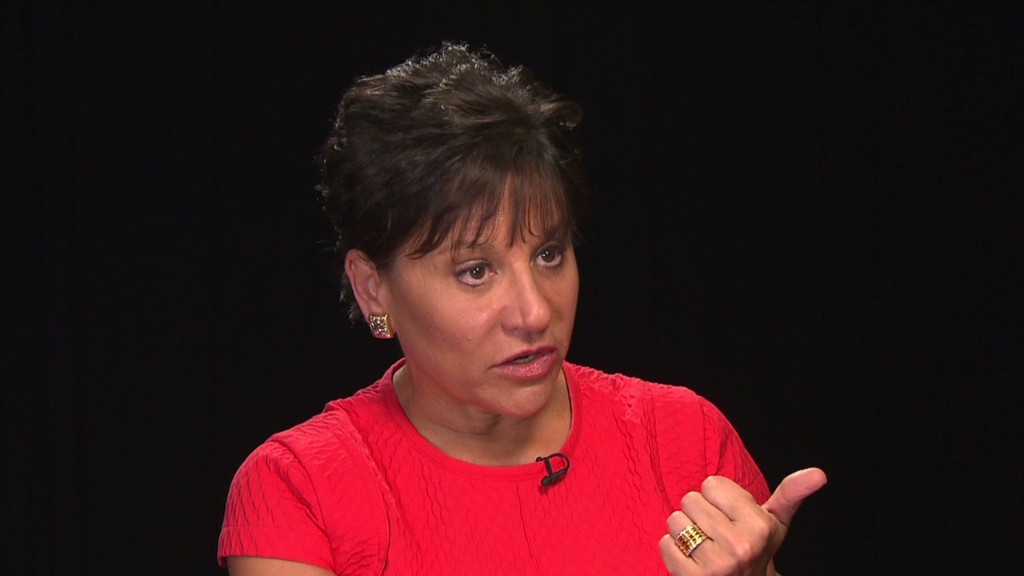
Americans' incomes are rising, but they aren't spending their extra cash.
Personal income rose 0.4% in May, according to the Bureau of Economic Analysis. It may not sound like much, but it marked the fifth straight month in a row that incomes rose. Not only that, but incomes are rising faster than inflation -- an encouraging sign that people are gaining more buying power.
After accounting for both taxes and inflation, disposable income is up 1.9% from a year ago. This is an important development because consumer spending drives the bulk of the U.S. economy.
But here's the catch: Consumers haven't been going out and spending. Instead, they're choosing to sock that money away.
Related: Wages are falling in Manhattan and L.A.
After accounting for mildly higher prices, consumer spending has actually fallen for two months in a row. In May, Americans cut back on eating out, going to the movies, and buying clothes. They spent less on necessities like groceries and utilities. Meanwhile, health care spending has fallen considerably since the beginning of the year, and has now been flat for two months in a row.
The few exceptions to these trends include spending on housing, gasoline and cars, which are rising.
"Consumers bought more homes and cars, saved a little more for a rainy day, and ...that was about it. Not much left for anything else," said Jennifer Lee, senior U.S. economist with BMO Capital Markets.

As of May, Americans were saving about 4.8% of their monthly income.
To put that number in perspective, consider two extremes: Before the recession in 2005, when many Americans were overextending their finances, they were saving less than 3% of their income each month, on average. At the height of the crisis in 2009, they became more conservative, saving about 6% of their income. We're now in between those two levels.
Looking further back through history, the savings rate was at its highest level on record in the early 1970s, when it was in the 12% to 14% range.
Related: Janet Yellen wants you to get a raise
What it means for the Fed: Prices are rising and the job market is improving, but the economy remains far from robust. Federal Reserve Chair Janet Yellen has made it clear that she's watching a variety of indicators, including wages, to determine when the Fed should start to pull back on its stimulus efforts.
In a press conference last week, she said that she expects to see wages rise faster than inflation this year, thereby increasing Americans' take-home pay. That, in turn, should boost consumer spending and the broader economy this year.
"My own expectation is that as the labor market begins to tighten, we will see wage growth pick up," she said.
But if that fails to happen and wages don't keep up with inflation, she would worry about consumer spending falling.
As of May, inflation is up 1.8% over last year, falling below the Fed's target for 2% inflation.


